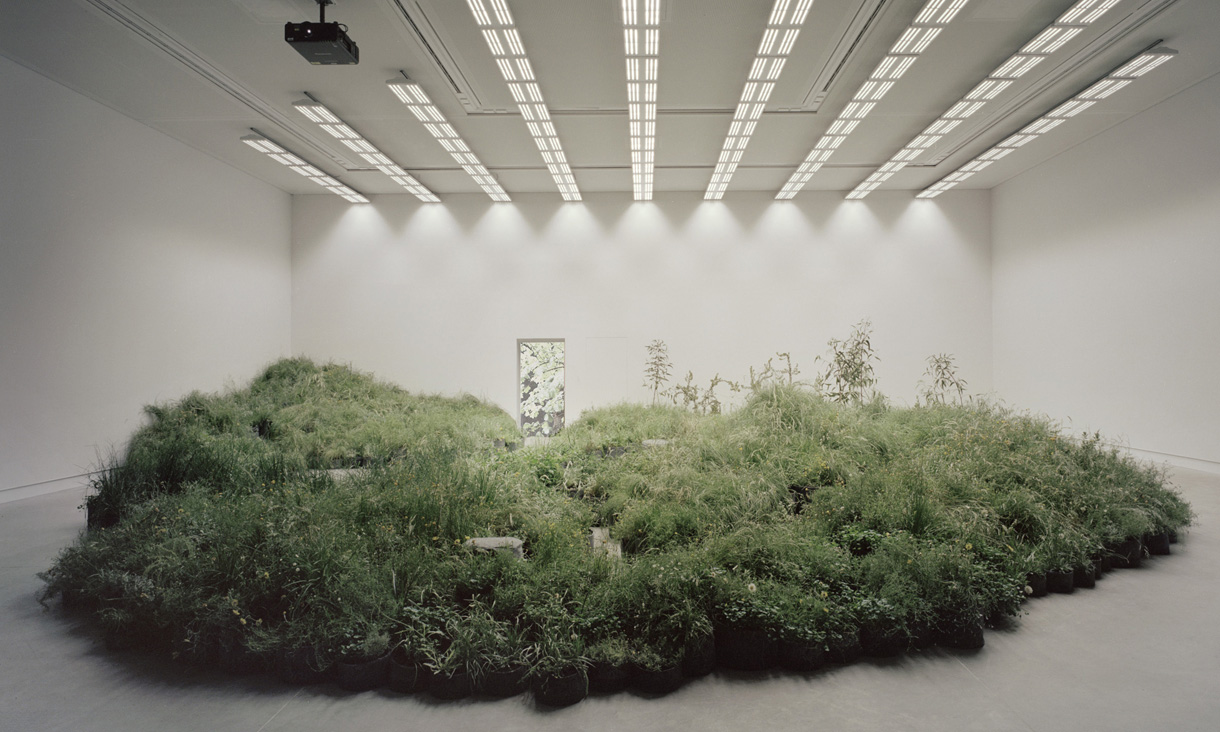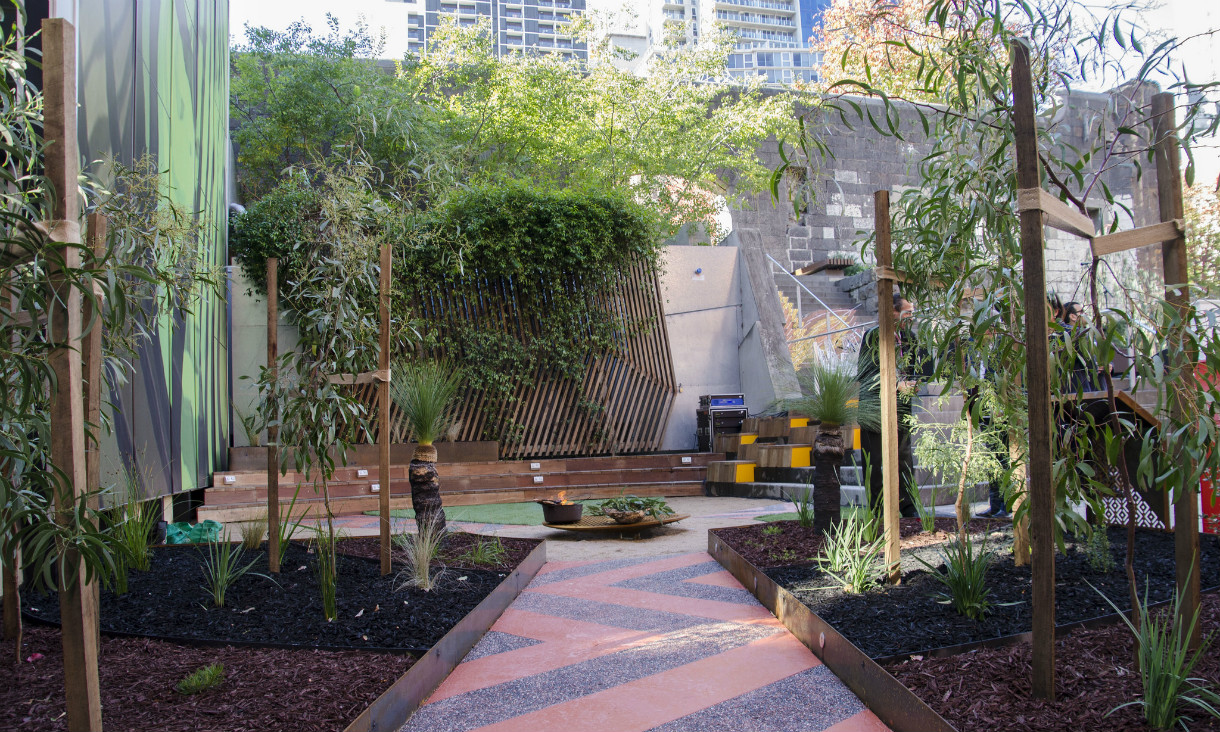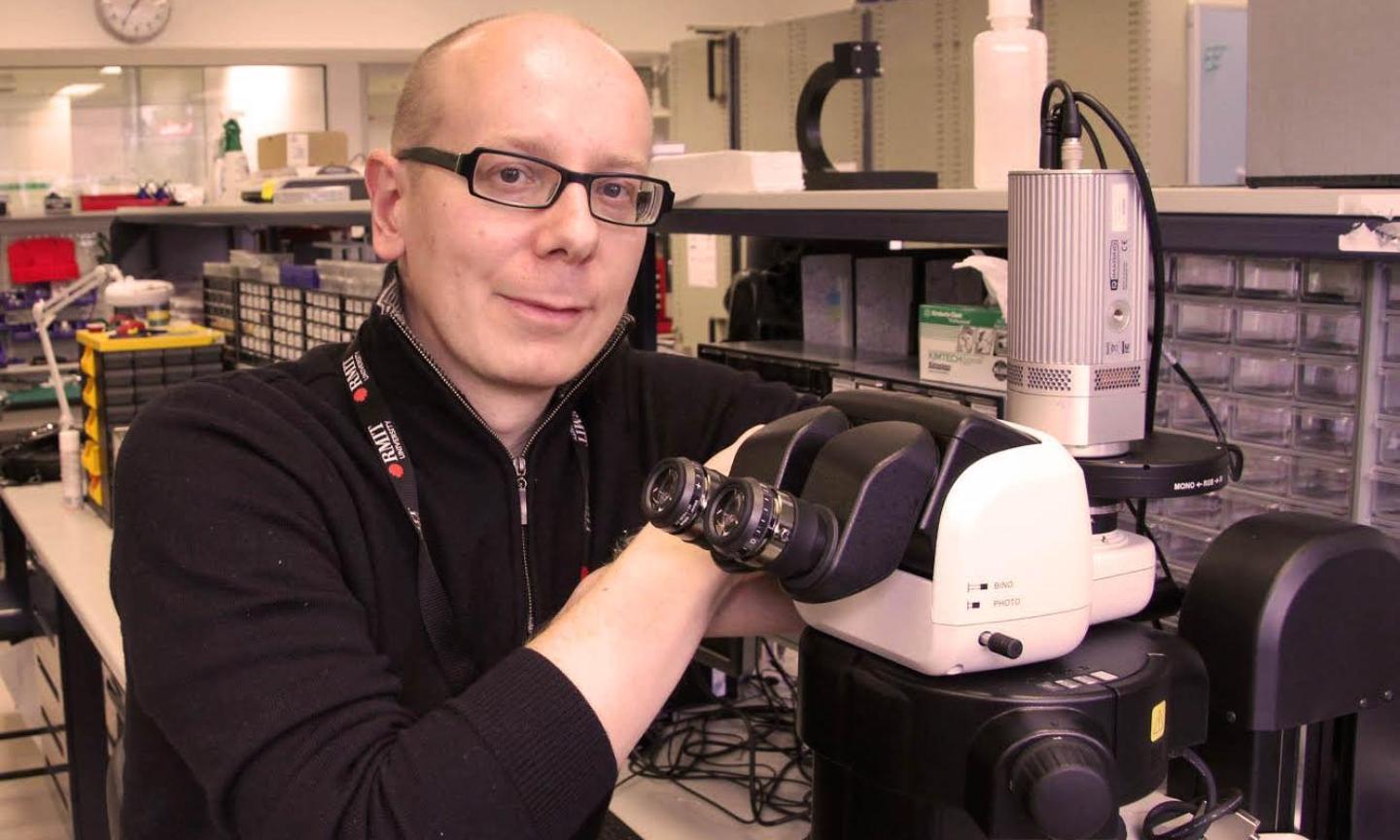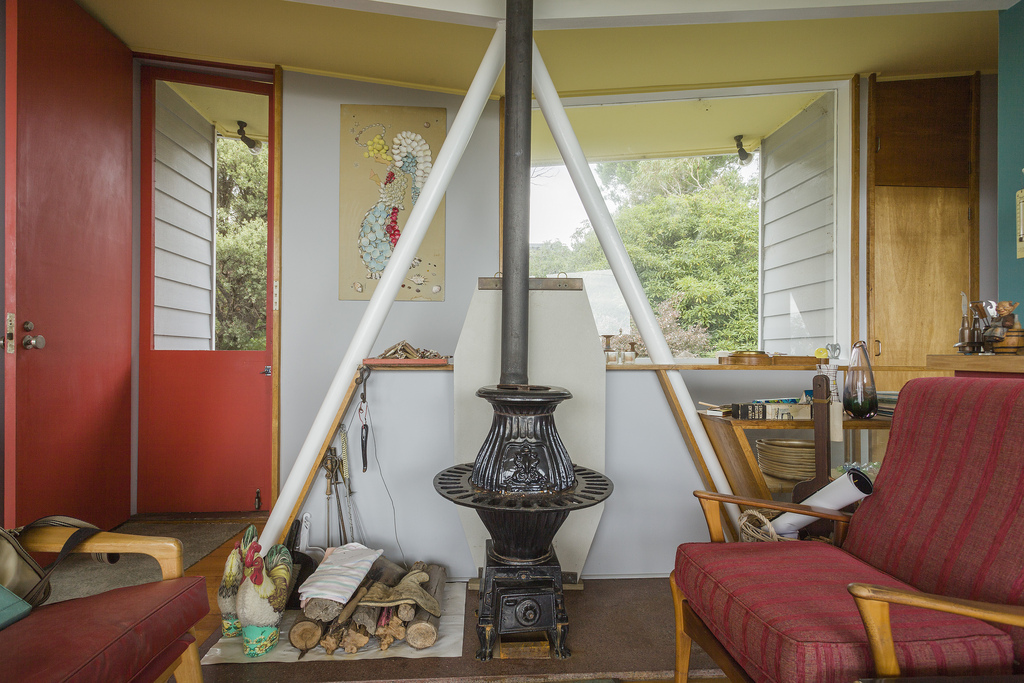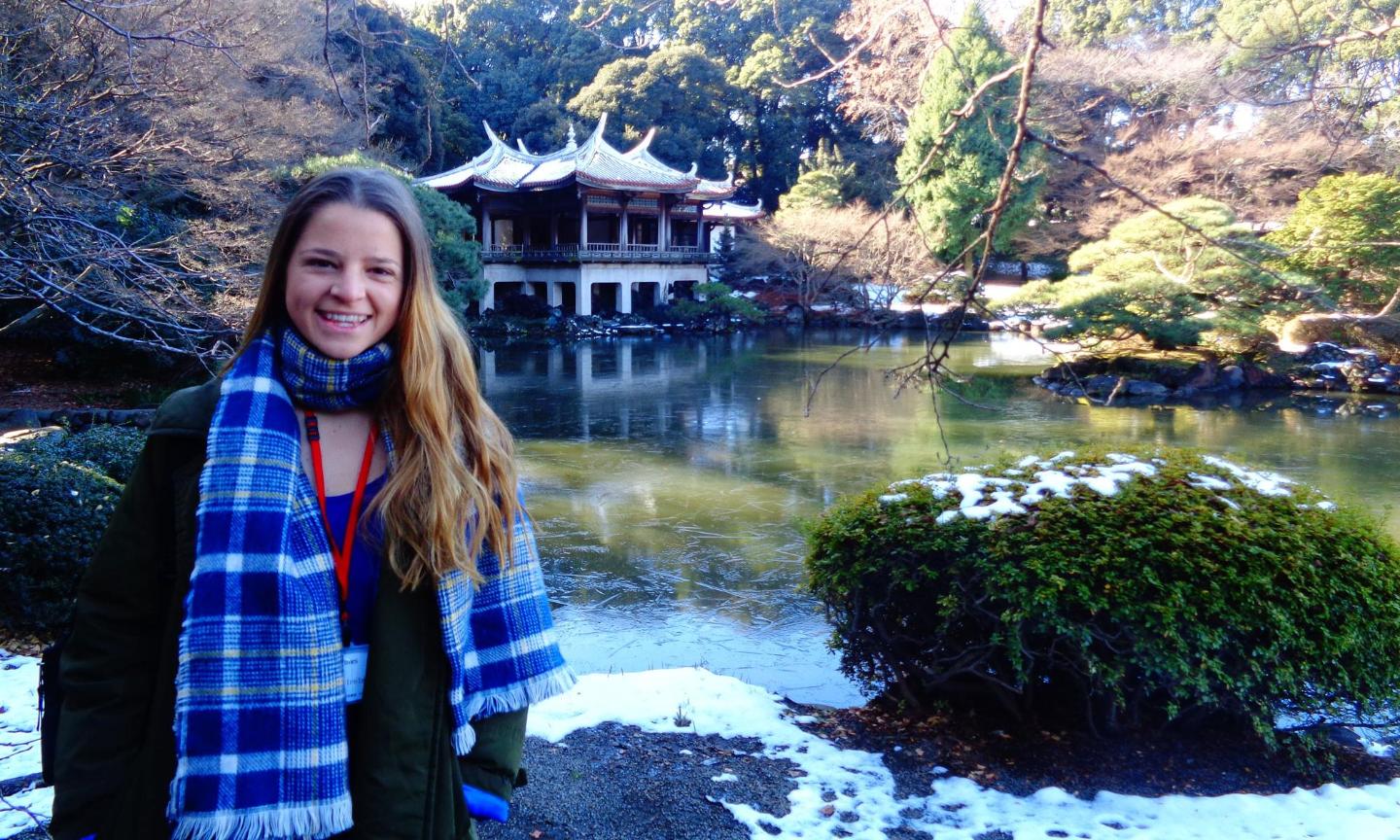Inside and outside the pavilion, Baracco+Wright Architects and Tegg have installed 10,000 plants, representing 65 endangered species from the Victorian Western Plains Grasslands.
The Western Plains Grassland plant community has suffered enormous damage, with just one per cent of the native ecosystem surviving today.
In August 2017, they travelled to Italy to sow thousands of endangered seeds, many never grown in Europe before. Eight months later, they returned to transport the mature plants via truck and boat to Venice.
They hope that the experience of seeing the endangered plants in this context will serve as a reminder of what is at stake when we occupy land.
“Our aim and provocation is that through a primary approach of the repair of the natural environment, human physical and mental health, social, economic and cultural health will in turn be repaired through the care required to do so, and the connection to and presence of nature in our everyday lives,” Baracco said.
Skylight is the complementary lighting installation, made up of 100 LED lights, that simulates the sun’s energy and will provide a life support system for the plants throughout the Biennale, which runs through to November.
Ground, the third component, is an experiential video series created by Baracco+Wright together with Linda Tegg and David Fox, which showcases Australian architectural projects, built and unbuilt, that are exemplars of the exhibit’s overarching theme of repairing the environment.
Cultural, social and economic repair through architecture
While the main focus of the exhibition is on repair outcomes in the natural environment, Baracco+Wright are also interested in an expanded idea of cultural, social or economic repair
They believe that repairing the damage done since European settlement in Australia is a meaningful act of reconciliation and some of the projects they have chosen for Ground explore this idea through the reuse of old buildings, the remediation of industrial land the presence of indigenous culture in cities.
RMIT’s Ngarara Place has been included as an example of how to strengthen the Indigenous presence in an urban environment.

